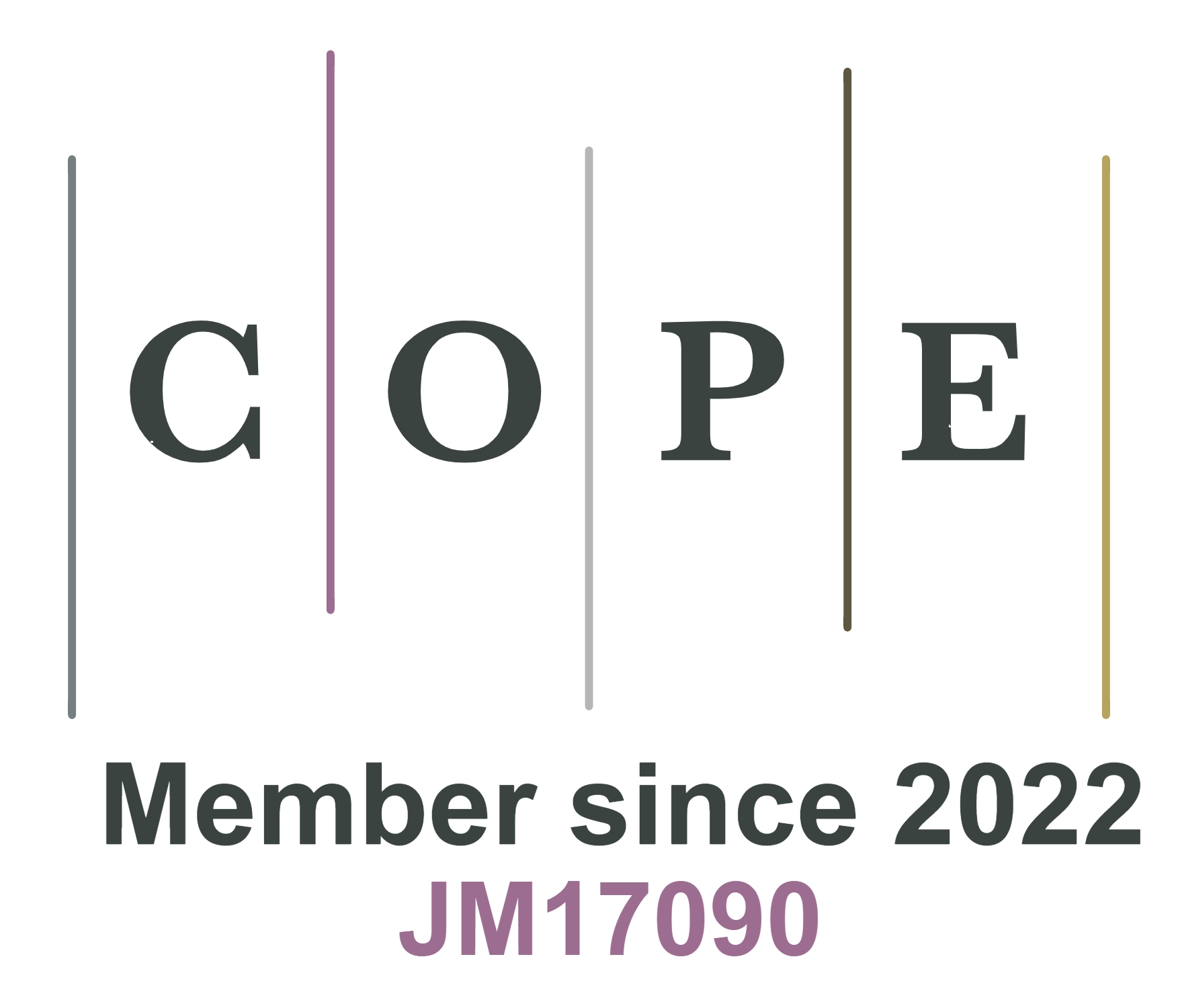fig7

Figure 7. Chemical signal sensing textiles. (A) Image of highly stretchable and printable textile-based bimodal ion sensors arranged on different detection sites. The inserted diagram shows linear relationships between ion concentrations and output voltages. Reproduced with permission[162]. Copyright 2016, Wiley-VCH; (B) schematic of a five-channel textile-based multimodal sensor array for sensing glucose, Na+, K+, Ca2+, and pH. Reproduced with permission[163]. Copyright 2018, Wiley-VCH; (C) image and schematic of an OECT-based sweat sensing textile. Reproduced with permission[167]. Copyright 2014, Royal Society of Chemistry; (D) images of a thread/fabric-based microfluidic multi-sensing band based on the colorimetric assay. Reproduced with permission[165]. Copyright 2021, Royal Society of Chemistry; (E) schematic of the working principles of a SERS technology-assisted thread/fabric-based microfluidic sensor. Reproduced with permission[166]. Copyright 2021, Elsevier; (F) image of a tri-modal gas sensing mask based on fiber gas sensors. Reproduced with permission[168]. Copyright 2017, Tsinghua University Press and Springer-Verlag GmbH Germany.









